Every single day a bright idea that can make our lives easier is formulated out there. It is also every day that little progress is achieved to make these ideas a reality. These innovations can be seen in the different aspects of our lives. You can see them in education, culinary, baby care, fashion, and of course, in automotive.
If you’re in-the-know when it comes to the automotive industry, you may be aware of what techs are hot and which are not. Today, we’re seeing all-new definitions of getting from point A to point B. The world of automotive and transport is now packed with more than just wheels and chassis.
In fact, some of the most curiosity-piquing and intriguing innovations can even be found in today’s automobiles. We’re talking about touch screen rearview cameras, lane departure warnings, LIDAR sensors, self-driving cars, and even self-inflating tires!
If you don’t own a car, these innovations might make you may feel that they're a little bit out of this world. But all these technologies actually exist. One of the most coveted features that are also rare to the Filipino eyes is the self-inflating tires. What exactly are they? How do they work? We got all the answers in this article from Philkotse.com:
1. The concept of self-inflating tires
If you’re a fan of the iconic Agent 007, you may have already seen a self-inflating tire in action. Nowadays, you can score these tires from Hummers and some private trackers. In fact, some military armies in a few parts of the world even have these.
Some people assume that self-inflating tires are plainly tires that can re-inflate themselves. But it can also be more than that. Self-inflating tires allow your vehicle to adjust the air pressure according to the terrain conditions.
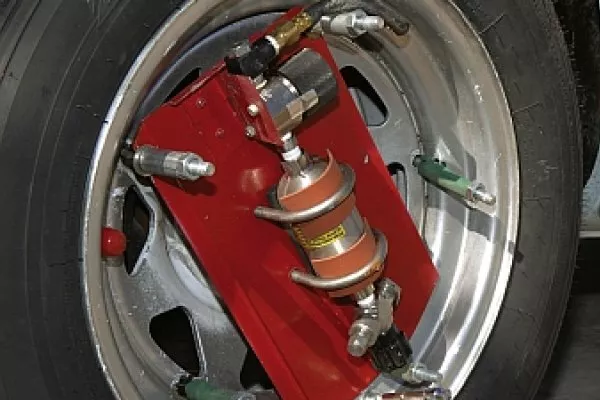
Some people assume that self-inflating tires are plainly tires that can re-inflate themselves
As for now, there are tons of vehicles out there that are equipped with pressure-monitoring systems. But even with a detector like that, the driver still can’t do anything if he has no air pump.
There are also available self-inflating tires in the market. But these can be fairly hard to find in the Philippines. Aside from that, these can also be pretty expensive. The only exception is the CTIS system that can be found on the Hummer.
>>> Check out: Benefits & drawbacks of tubeless tires, Run-flat tires & self-inflating tires.
2. How do tires lose air
As stated by AAA, approximately 80 percent of all the vehicles on the road have one or more tires that are left underinflated. Tires typically lose air in everyday travels. In fact, tires can lose up to two psi per month in the cold season and more when the days are hot.
It’s also important to keep in mind that you can’t tell if a tire is underinflated just by staring at them. You will need a tire-pressure gauge for this. Underinflation is not only bad for your wheels. It’s also bad for your car's gas mileage, affects the handling of your ride, and can even cause accidents if left unresolved.
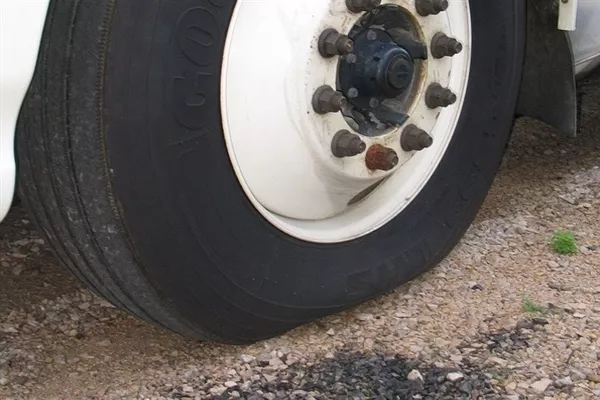
Underinflation is not only bad for your wheels
>>> Read more:
- How to prevent a flat tire - 7 handy tips for Pinoy drivers.
- [Philkotse reveal] Why carmakers are ditching the spare tire?
- Tubeless Tire Technology for cars: All you need to know.
3. What does underinflation do?
When your tires are underinflated, it causes the treads to wear out quicker. According to Goodyear, an event like this is equal to 15 fewer miles for every 20 percent underinflation of the tires.
You may have already noticed that the tires flatten at the bottom. This part is called the contact patch. Tires are flexible, so the patch regains its original shape once it rolls over. If there is less air in that tire than necessary, the contact patch would be bigger.
This equals greater friction that creates heat. If adequate heat is created, the rubber holding the cord of the tires will melt. This will cause the tires to fail eventually.
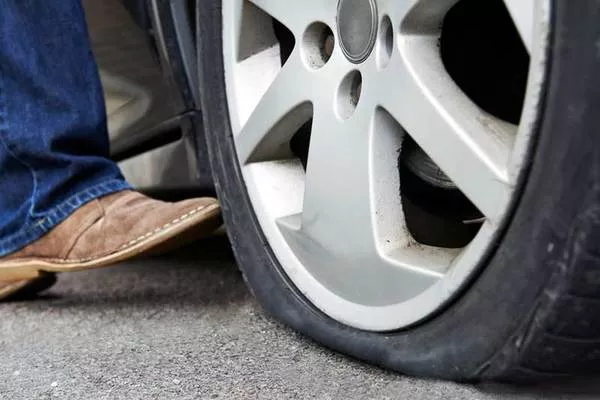
When your tires are underinflated, it causes the treads to wear out quicker
4. The basic tire inflation system
The tire-inflation systems available today have three goals:
- Detect – Tire-inflation systems have to watch the air pressure in every tire continuously. This will help avoid creating unnecessary friction that could cause heat or, worse, an accident.
- Notify – If the system detects a drop in the air pressure, it will immediately notify the driver.
- Inflate – Once the system has already alarmed the driver, he will need to inflate it. This means that the driver needs to make sure that he has a reservoir.
Tire-inflation systems can vary in tons of factors. But they all share common elements that make them alike.
- They all utilize a type of valve. This isolates the tires individually to restrict airflow from the tires while one is reinflated.
- They all have a method that senses the current air pressure in the tires. This is usually addressed by central sensors. They work by relaying the info to the ECU before the driver is informed.
- All of them have dedicated air sources. This is usually an existing source like a pneumatic or braking system.
- They come with pressure relief ventilations. These vents air safely to avoid damaging the rear-axle seals or hub.
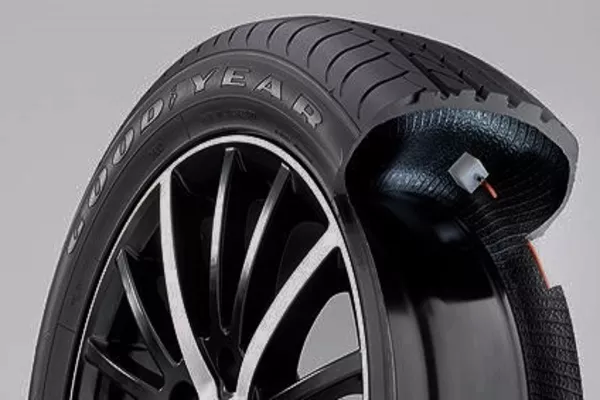
Self-inflating tires allow your vehicle to adjust the air pressure according to the terrain conditions
>>> FYI: Which of Nitrogen Air or Regular Air Tire should you use for your car?
5. The central tire inflation system
The goal of the CTIS is to let the system control the air pressure in each of the individual tires. This will help the vehicle improve its running performance and mobility according to the surface. Here is a great example of this:
If you’re driving on softer terrain like wet soil after a rain, it’s best to lower the air pressure. This will create a larger contact patch between the ground and the tire. The end result is a smoother riding experience. This method also does less damage to the terrain. This is a factor necessary in agricultural fields and working construction sites.
| What makes CTIS work | How it works |
| Wheel Valve | The wheel valve is at the end of each wheel. One of the wheel valve’s job is to isolate a tire from the overall system. The wheel valve is also responsible for enabling on-demand deflation and inflation. |
| Operator Control Unit | This allows the user to choose between the different tire-pressure modes. This can also display the current tire pressure and system status. |
| Electronic Control Unit | This is mounted right behind the passenger seat. This is also known as the brain of the system. It can process the driver’s commands and monitors the signals in the system. |
| Speed Sensor | This part sends the info about your vehicle speed to the ECU. The system will then inflate the tires if the movement speed of the tires requires it. |
| Pressure Switch | This prevents the CTIS from sucking air from your vehicle’s supply tank. It makes sure your brake system gets ample air first before anything else. |
>>> In the relevance: Car Tire Pressure Facts for a Safe Driving Experience.
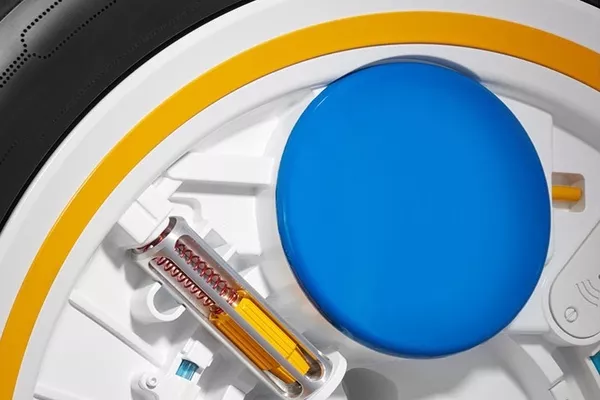
The goal of the CTIS is to let the system control the air pressure in each of the individual tires
Recent posts
- [Philkotse guide] All you need to know about winter tires Oct 08, 2019
- [Philkotse guide] Everything you need to know when having new tires Aug 09, 2022
- Different types of tire pressure gauges and which is the best to choose? Jan 08, 2021
- Why are small car tires more beneficial? Jan 15, 2018
- How to reduce car noises by taking care of the tires Nov 27, 2017












